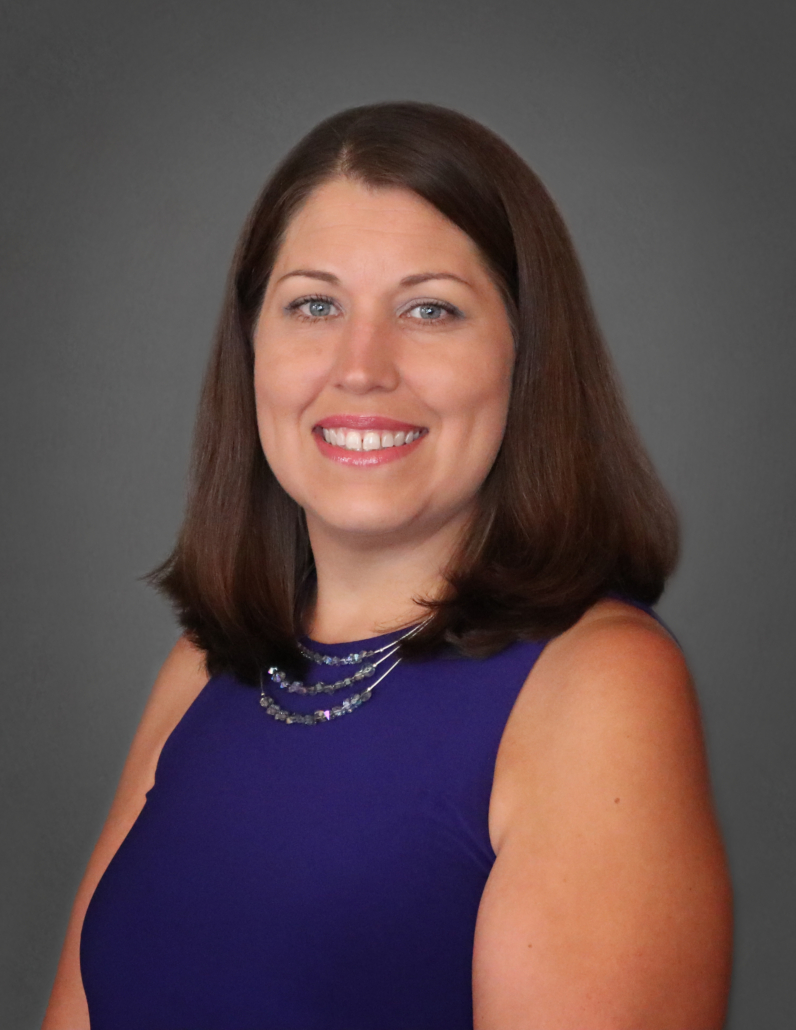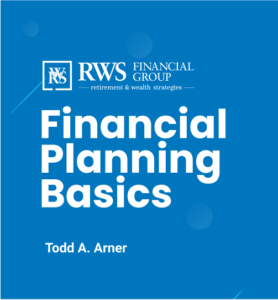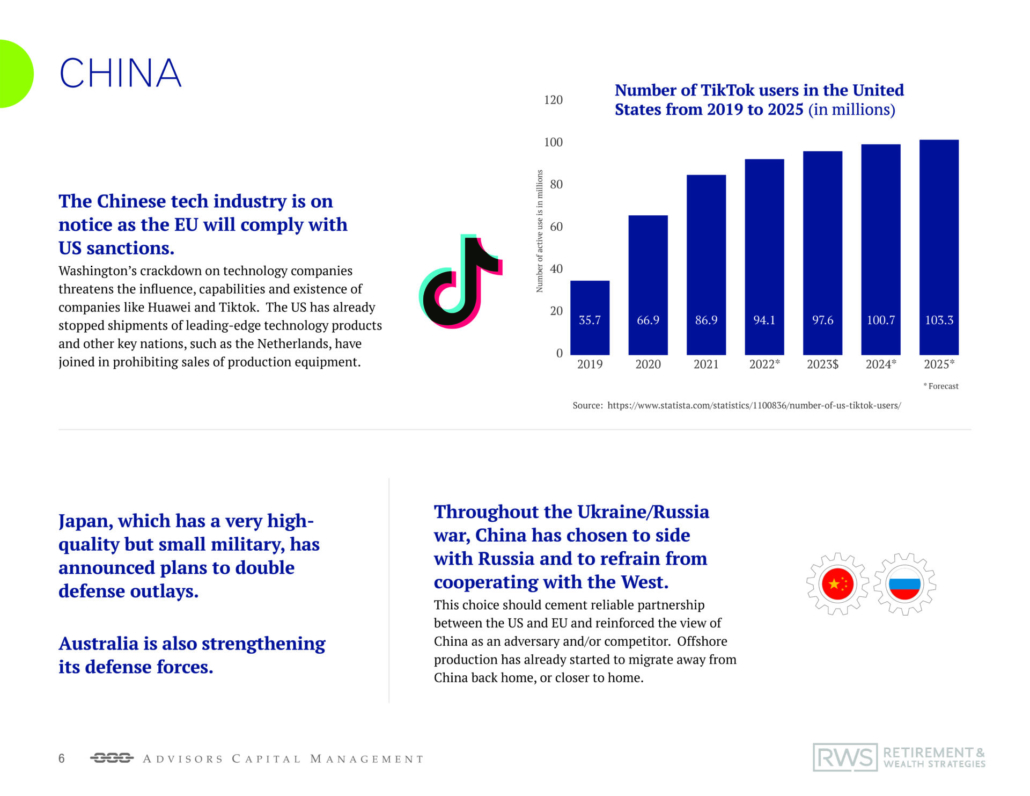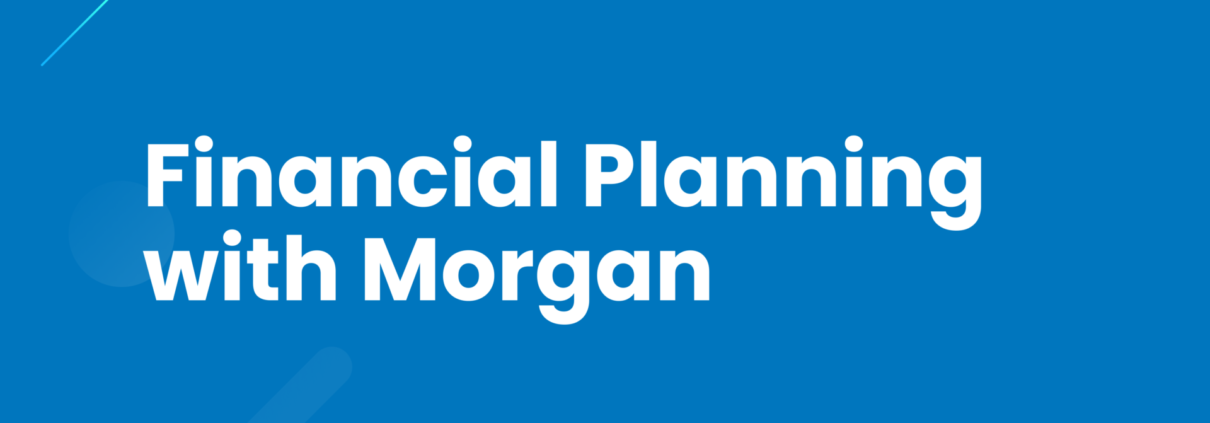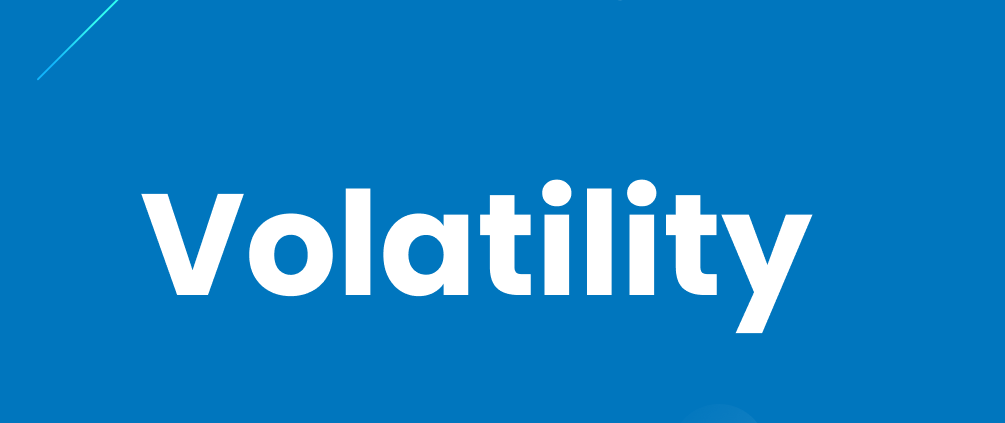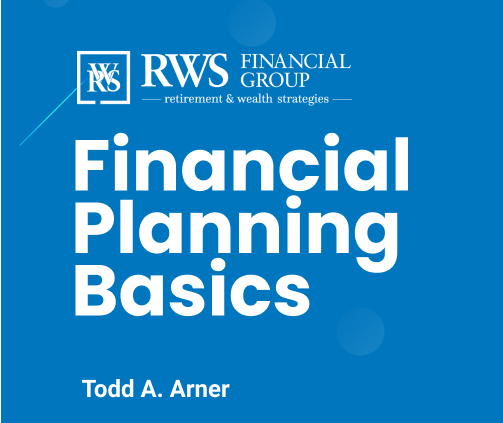Understanding the Basics of Financial Planning
Have you ever woken up one morning and decided to head out for a week’s vacation? It’s highly unlikely, as you usually have to plan for vacation including where you are going, how much money you are going to spend, transportation, and more. The same holds true for the success of your financial future – you have to have a plan which includes setting goals, constructing a budget, and creating an emergency fund. There’s also insurance protection and incorporating credit. You’ll need to understand how pre- or after-tax allocations, along with tax-deferred growth, can help you achieve your goals like saving for college and planning for your retirement.
Why goals can make or break your wealth
Making your goals as concrete as possible will help you focus on what’s really important. A goal that’s well defined will be easier to visualize and easier to stick with. To set clear-cut goals, use the smart technique which is an acronym that stands for ‘Specific Measurable Attainable Relevant Timely’. A goal that is specific is one that’s clearly defined and describes, in detail, precisely what you want to accomplish. If you say, ‘I want to save for my kids’ college’, that is not a specific goal, but ‘I want to save the cost of four years by the time my daughter is 17’ is. With a goal that’s measurable, you should be able to track your progress and clearly know when you’ve reached it. For example, ‘I want to retire early’ is not measurable, but ‘I want to retire by my 55th birthday’ is a goal that has a definitive endpoint. An attainable goal is also realistic and reachable.
Goals are challenging, but you should have a fair chance of achieving them. ‘I want to save one million dollars in five years’ is not an attainable goal for most people but ‘I want to save one million dollars in 30 years’ may very well be attainable. A relevant goal is one that makes sense to you and that reflects your specific needs and your values. Goals that are relevant are goals you’ll be excited about because they’ll be important to you. For example ‘I want to save $25,000 for a down payment so I can own my own home’ is an example of a goal that might be relevant. You must be able to set a timeframe or a deadline for reaching your goal too. ‘I want to pay off my credit card debt by the end of next year’ is a goal that’s got a clear deadline. Writing down and prioritizing your goals is an essential first step towards putting that financial plan into action.
Budgeting for the big things… and the unexpected
The first part of putting any plan into action requires you to control your flow of money and that’s what a budget is all about. A budget tracks your income and expenses and helps you direct the flow the way you want it to go. To construct a budget, first account for all of your income including your paycheck plus any income you might have from other sources like rental income or government benefits, interest on money you have in the bank, or investment income from that. You’ll need to subtract your expenses which can be broken down into two categories. Fixed expenses which are those you pretty much have to pay like rent or mortgage, car payments, insurance, utilities, groceries; while discretionary expenses are more optional items like eating out, entertainment, gifts, and vacations.
To get a better handle, keep track of expenses with a paper and pen or on a computer software program to really find out how much you’re spending. Remember that not all of your expenses will occur on a weekly or monthly basis. Some are seasonal like holiday gift expenses or home heating costs while others are occasional like car repairs or getting a cavity filled, and you might need to track those for quite some time to figure out what they average per month. Subtract your average expenses for a given period of time like a month from your income for that same period. If there is a positive number left, you’re on the right track, possibly even running a surplus which can be converted into savings or an investment for the future. However, if you get a negative number that means you’re in the red or running a deficit and you’re spending more than you’re making. The only thing that’s going to change that equation is either increasing your income or decreasing your expenses, or both.
Looking at the bright side, if you’re running a surplus, one of the first things you want to do with it is to create an emergency fund which is money that’s readily available to meet unexpected expenses. It’s really the foundation for any successful financial plan and without money to fall back on when an unexpected expense crops up, you may be forced to tap into savings that you’ve earmarked for something else like retirement or college. But if you have an emergency fund, it’ll be much easier to handle a job loss, a temporary disability, or other event that might prevent you from saving for the future or even tempt you to pile up more debt.
Building an emergency fund
So, how much should you have in your emergency fund? A popular rule of thumb is you should have three to six months of living expenses, but the amount should actually depend on many factors such as:
• How stable is your income?
• Do you work in an industry where layoffs are common?
• Are you in a growing field?
• Do you have adequate health and disability coverage?
• Do you have other assets that you could tap without the emergency fund?
Where you keep your fund is also important as you’ll want to keep it in an account where it’s readily available, but you’ll also want to try to receive some interest on that as well. Rarely do you write one check equal to six or even three months worth of expenses, so you may only need part of that fund in something liquid like a savings or checking account. The balance of the fund could be held in something that could get you a better return while still available to be accessed within a day or two.
Insurance can be a lifesaver
Another important part of a financial plan is identifying and managing the potential risk that can impact your finances. The value of insurance is that it’s cost-effective and it can mitigate or share the frequently overwhelming costs of various risks. Health insurance has now been replaced by health care plans which often provide basic coverage for common medical expenses like doctor visits, preventative care, diagnostic tests, and the like. Meanwhile, auto insurance has two main components: liability insurance and insurance for property damage. Liability insurance provides compensation to persons who would be able to sue you for personal injuries, medical payments, loss of earnings, or damaged property while property damage insurance includes collision and comprehensive which compensate you for damage to your car caused by another auto or by such things as fire, theft, and vandalism. Life insurance offers income replacement to your survivors and it provides a tax-free death benefit and can be used to pay for funeral expenses or even medical expenses
For many of us, our most valuable asset is our home. The most common type of homeowners policy in use today covers a variety of risks which can cause damage to your home and personal property, medical payments for injuries to occupants and to persons injured by accidents while in your home, and the loss or theft of personal property. Liability insurance is often the last line of defense against potential devastating claims for things over which you may have little or no control. It’s often called umbrella insurance because it’s carried over all other liability insurance and generally adds about a million dollars or more in extra coverage to your homeowners and automobile liability policies. If you couldn’t work for an extended period of time because of an injury or an illness, disability income insurance benefits can be used to preserve your independence, maintain your lifestyle, give you time to recover, provide a chance to retain for another job if necessary, and conserve your assets and savings for you and your family. Lastly, long-term care insurance pays benefits if you need extended care such as nursing home care. Like other types of insurance, long-term care insurance protects you against a specific financial risk – in this case, the chance that the need for long-term care would wipe out your savings.
The good and the bad of credit cards
Once you’ve established that emergency fund, you’ve insured yourself against certain risks and how to meet your normal expenses you plan to budget for. But sometimes you need more funds than your budget might cover at the moment and that is where credit comes in. However, don’t rely on credit to cover your normal expenses because if you do, it could lead to financial disaster. If you’re using credit to pay normal living expenses, it should be because it’s convenient to do so, not because you don’t have those expenses planned for in your budget.
Webster’s Dictionary defines credit as “the provision of money, goods, or services with the expectation of future payment”. When it comes to financing big-ticket items like a college education, a home, or a car, most of us will need some sort of loan and likewise, there are many times like shopping for Christmas or going on vacation, when it’s just most convenient to use credit to make purchases. But keep in mind the three C’s – creditors will want to know if you have the capacity to repay the credit they grant you, your income, and your expenses. Once they determine you can repay the loan, the next question is if you will repay the loan. They’ll look at factors that measure your stability like how long you’ve had the same job and lived in the same place and if you used credit before. They’ll also want to look at your repayment track record and whether or not you pay bills on time, particularly for loans of larger amounts like a car loan or a home mortgage. The creditor might also want collateral that is tangible property that secures the credit extended to buy it. If you default on repaying the loan, the creditor would be legally entitled to take possession of the property as a form of compensation.
Creditors determine your credit worthiness primarily by examining these three documents: the credit application, credit report, and credit score. Information gleaned from these three documents will not only determine whether you can get credit, but also what interest rate that credit will be offered at. When you’re granted a loan or use a credit card, you create debt. Some debts may be small like a minor purchase on a credit card and can be repaid quickly while others are large like a home mortgage or a student loan and may take years to repay. How well or poorly that you meet the repayment schedule for the debt will have an ongoing effect on your credit history and your credit score.
Making sense of the dreaded ‘D’ word
Debt can be divided into two types: secured and unsecured. Secured debt is backed by a lien on collateral. Examples include a mortgage or a home equity loan, a car loan or a secured credit card. Unsecured debt does not place a lien on any real or personal property to secure it. Examples of unsecured debt are personal installment loans, student loans, and most credit cards. When you think about taking on a debt, there are a few important considerations. The amount you borrow will have a big impact on the size of your payment, no matter what the term is that you have to repay it or the interest rate you’re charged. You’ll need to consider that when you review your budget when looking at an installment loan. The term of the loan is the length of time that you have to repay it. Generally, larger loans have longer terms while longer terms help make your monthly payment smaller. Remember that a longer-term is also generally resulting in a higher total interest payment over the life of the loan. Revolving credit accounts such as credit cards don’t have a fixed term for payment. Instead, a certain percentage of the balance is expected each month. The smaller that percentage is expected to be, the longer it can take to repay the entire balance. The interest rate you’re charged on a debt also affects the total interest you’ll pay on the loan meaning, the higher the rate, the greater the interest the charge will be.
Understanding your own risk tolerance
When it comes to investing and the potential for accumulating wealth, it involves taking a certain amount of risk and it also involves the desire to multiply your money over time. When done properly, investing is a carefully planned and prepared approach to managing your money with a goal of accumulating the funds you need. Planning your investment strategy is really about discipline and patience. When it comes to investing, there’s a direct relationship between risk and return. In general, as the potential for risk increases, so does the return. Likewise, the less risk an investment has, the lower potential for return.
There are two key questions that determine your risk tolerance – first, how comfortable are you personally with taking risks? This depends on many factors including your financial goals, your life stage, your personality, and investment experience. Some investors are very comfortable with a high-degree of risk while others can’t tolerate it very much at all. There are also a lot of people somewhere in between. Secondly, the next question is, how well is your investment plan set up to handle potential losses? The more resilient your overall plan is when faced with losses, the more risk it might be able to take on. For example, time is a powerful ally so the longer you’re invested, the more flexibility that your investment plan might have to survive any setbacks. For example, if you have $20,000 to invest and you put $10,000 on a taxable account that earns six percent per year and you use a portion of these assets each year to pay taxes attributed to the accounts earnings and you put the other $10,000 into a tax-deferred account that also earns six percent a year, your taxable account would be worth $35,565. In the same amount of time, your tax-deferred account will have almost $57,000 in it. While the tax-deferred account might be subject to federal income tax when withdrawn, even if you took the entire amount in the tax-deferred account as a lump sum distribution after 30 years and paid all the tax on the full amount, you would still come out ahead.
Looking ahead to the future
For most people, the two biggest events that they need to save for are a college education for their children and funds for their own retirement. When it comes to saving for college, a potential Harvard graduate could still be in diapers but with the high cost of college, you’d be smart to start a systematic savings plan now. This is a 529 plan because it offers the advantage of tax-deferred growth and should be the cornerstone of any college savings program. It’s a savings vehicle that is governed by the federal government but offered by states. Anyone can open a 529 and there are actually two types: a college savings plan and a prepaid tuition plan. The college savings plan is the more popular type and is an individual investment account to which you contribute money. Your money is allocated to your choice of one of the plan’s investment portfolios which generally reign from conservative to aggressive. Returns aren’t guaranteed but funds can be used at any accredited college. Almost every state offers 529 savings plans and you can join any state as well. They’re also now being able to be used even for education pre-college as well. Meanwhile, a second type of 529 is a prepaid tuition plan. When you join this plan, you actually pre-pay for your child’s college tuition at today’s prices. The main benefit of the 529 is that your contributions grow tax-deferred and earnings are completely tax-free at the federal level when they’re withdrawn to pay the beneficiary’s qualified education expenses.
The other major life event you need to save for is your own retirement even if you feel you’re too far away from it. Many people assume they can hold off on saving for retirement and make up the difference later but this is a costly mistake. The further away from retirement you are means more time that your investments have to potentially grow. Waiting too long can make it difficult to catch up and only a few years can make a big difference. For example, if you invest $3,000 every year starting when you’re 20 years old and then retire at 65, you’ve accumulated almost $680,000, assuming a six percent annual growth rate. But if you start saving at 35 with the same amount of money, you only accumulate $254,000. If you wait until you’re 45, you’ll accumulate only $120,000 by the time you retire. This doesn’t mean there’s no hope if you’re 50 years old and you haven’t started yet, it just makes it all the more important that you implement a plan as early as you can.
Before you start planning for retirement, you need to ask yourself some basic questions:
• What kind of retirement do you want to plan for?
• When do you want to retire?
• How long will your retirement last?
Whether you see yourself on a golf course, a yacht, a hammock, or simply in your own living room, most people probably imagine some degree of financial independence. But the earlier that you retire, the shorter the period of time that you have to accumulate funds and the longer those funds need to last. Although you can retire at any time, most people wait until they’re eligible for social security benefits. You can’t start receiving those until you’re at least 62 and the earliest you can receive full social security retirement benefits is ages 65 to 67, depending on the year you were born. Also, if you’re not eligible for Medicare until 65 and you want to retire early, you’ll have to fund your own private health insurance as well. Keep in mind that life expectancy has increased at a steady pace over the years and it’s expected to continue to increase.
One of the best ways to accumulate funds for your retirement is to take advantage of special tax-advantaged retirement saving vehicles. Some of these, such as 401ks, can be very powerful saving tools because your contributions come out of your salary pre-tax, reducing your current taxable income and also grow tax-deferred until withdrawn. 401k plans can include an employer matching contributions which is a form of free money which should make them your first choice in saving for retirement. You might also be able to make Roth contributions to your 401k since they’re after-tax and not pre-tax. Roth 408 contributions don’t provide you with an immediate tax savings but they do allow you to make withdrawals completely tax-free under certain rules and retirement. Traditional IRAs like 401ks feature tax-deferred earnings growth and can lower your current taxable income if you qualify to make those contributions. And like 401k funds and traditional IRAs, they’re not taxed until you make the withdrawals. Roth IRAs and raw 401ks aren’t taxed at all when you get to retirement since these vehicles are intended to help you save for retirement. A ten percent penalty could apply if you take withdrawals before reaching age 59 and a half unless there are some exceptions.
Estate planning is crucial to well-rounded financial health
Any complete financial plan should also involve estate planning. If you pass away and leave $50,000 in a savings account, where does your money go without instructions? Depending on who you leave it to, the money would go where your state’s intestacy laws direct it to go and they differ from state to state. The biggest issue with intestacy is that your actual wishes are irrelevant without an estate plan regardless of your wishes. Your estate would be divided between your spouse and your children. The intestacy can be particularly problematic for unmarried couples since intestacy laws generally will not include an unmarried partner in the distribution of property. To avoid that, you will need to create a will which is a legal document in which you will direct how your property will be dispersed when you die. It also allows you to name an executor who will carry out your wishes which are stated in your will. In addition, your will lets you name a guardian for your minor children. You can use your will to accomplish other estate planning goals as well, like tax planning. To be valid, your will must be in writing and signed by you and your signature must also be witnessed. These requirements are important because if you aren’t careful, your will could become invalid. An estate planning attorney can take care of this so you can avoid any of those easy do-it-yourself solutions.
It’s also important to discuss incapacity which describes a condition in which you are legally unable to make your own decisions. If you were to become the victim of an accident that put you in a coma for several months, how would your doctor know what medical treatments you would want or not want if you can’t speak for yourself? How would your personal business be transacted if no one is authorized to sign documents for you? A guardian, usually a close family member such as a spouse or child, would have to go back to court every time for permission. Without any prepared instruction, your guardian might make decisions that would be different from what you would have decided. However, these situations can be avoided with proper planning. Health care directives allow you to leave instructions about the medical care that you would want if the conditions of which were such that you couldn’t express your own wishes, while property management tools ensure that you can have your financial affairs taken care of for you in the event that you do become incapacitated.
Visit the RWS Group website at www.rwsgroup.org for more tips and resources.

